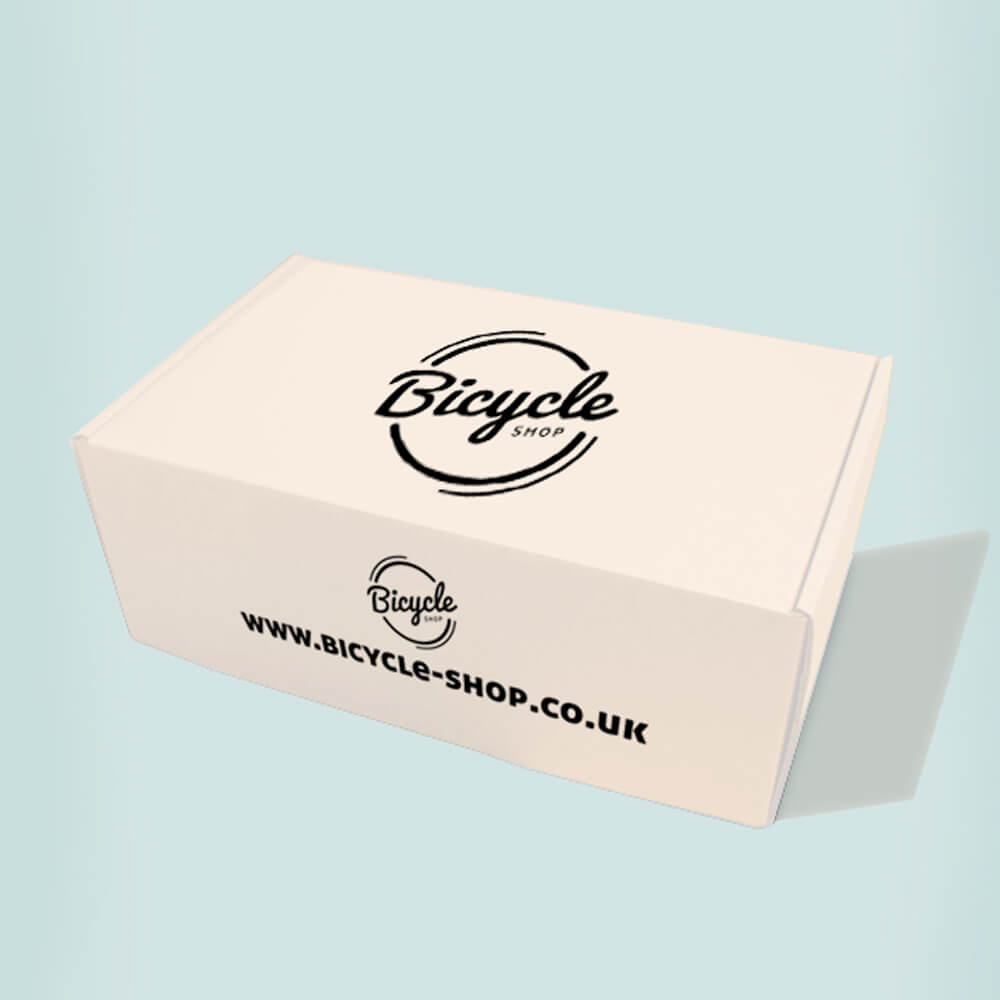Food Packaging Supplies Essential for Safety and Quality
In today's fast-paced world, food packaging supplies play a crucial role in ensuring the safety, quality, and sustainability of our food products. As consumers become more health-conscious and environmentally aware, the demand for innovative and effective packaging solutions has never been higher. This article delves into the importance of food packaging supplies, the various types available, and the trends shaping the future of food packaging.
The Importance of Food Packaging
Food packaging serves multiple essential functions. First and foremost, it protects food products from contamination and spoilage. Packaging helps to shield food from environmental factors such as moisture, air, and light, all of which can compromise freshness and quality. For perishable items like fruits, vegetables, dairy, and meats, effective packaging prolongs shelf life and minimizes waste.
Moreover, food packaging plays a vital role in food safety. Properly packaged food can prevent the risk of foodborne illnesses, which affect millions globally. Packaging also provides consumers with essential information about the product, including ingredients, nutritional value, and expiration dates, allowing for informed decisions.
Types of Food Packaging Supplies
The types of food packaging supplies are diverse and tailored to fit various needs. Some of the most commonly used materials include
1. Plastic Packaging Versatile and lightweight, plastic packaging is widely used for a range of food products. It can be molded into various shapes, including containers, wraps, and bags. BOPA (bi-axially oriented nylon) is often used for its strength and barrier properties, while PET (polyethylene terephthalate) is popular for its recyclability.
2. Glass Packaging Glass jars and bottles are not only aesthetically pleasing but also provide excellent protection. They are impermeable to gases and moisture, making them ideal for storing sauces, jams, and beverages. Additionally, glass is reusable and recyclable, appealing to environmentally conscious consumers.
food packaging supplies

3. Metal Packaging Cans and tins are robust options for preserving food. Metal packaging protects products from light and oxygen while providing a long shelf life. Moreover, the increasing prevalence of aluminum cans in beverages promotes recycling efforts and sustainability.
4. Cardboard and Paper Packaging Made from renewable resources, cardboard and paper packaging are eco-friendly options for dry goods, snacks, and takeout meals. Their biodegradability and ease of recycling make them appealing to consumers looking for sustainable products.
Trends in Food Packaging
As the demand for healthy and sustainable food options continues to grow, several trends are emerging in the food packaging industry.
1. Sustainable Packaging Eco-friendly packaging solutions are becoming a priority for many food brands. Companies are exploring biodegradable materials, compostable containers, and reduced packaging designs to minimize their environmental impact.
2. Smart Packaging Technology is revolutionizing food packaging with innovations like QR codes and RFID tags that offer real-time tracking and information. This ensures that consumers have access to information about the product’s origin, ingredients, and shelf life, enhancing transparency and trust.
3. Minimalist Packaging There is a rising trend towards minimalism, where brands opt for simple yet effective packaging designs that eliminate excess plastic and highlight the product itself. This approach resonates with consumers seeking authenticity and simplicity in the products they choose.
Conclusion
In conclusion, food packaging supplies are an integral aspect of the food industry, providing safety, quality, and sustainability. As advancements continue to shape the landscape of food packaging, it is essential for producers to stay informed and adapt to consumer preferences. By prioritizing effective packaging solutions, we can ensure that our food remains safe, fresh, and environmentally friendly for generations to come.



